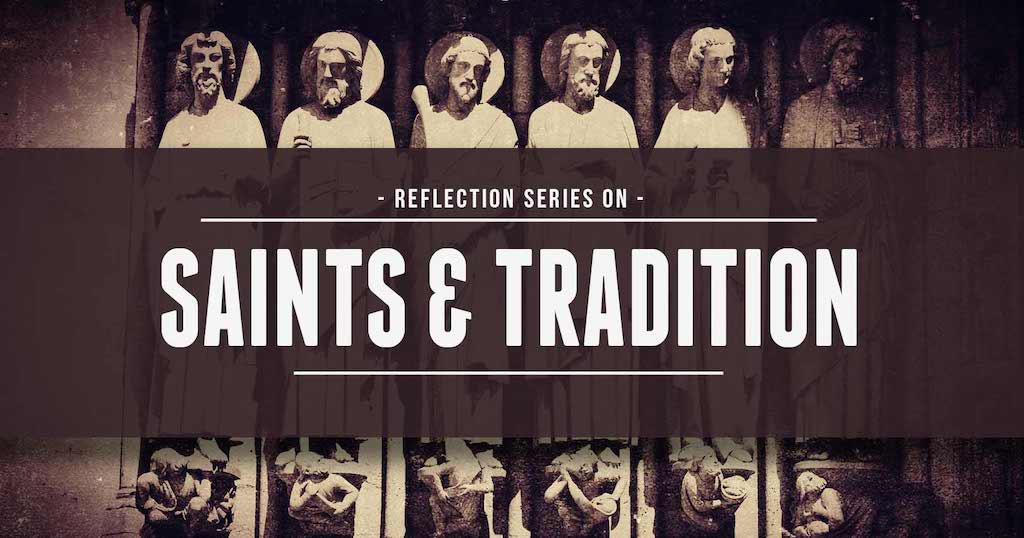Holy relics are a distinctive feature of Catholicism. Would you expect to see the bones of some ancient martyr on display at your local Evangelical church? To most non-Catholics, holy relics are just plain weird. Sadly, veneration of holy relics even among Catholics has also been a practice often relegated to “old-fashioned” Catholics—a quasi-superstitious holdover from the “dark ages.”
Yet holy relics have been part of the Faith since the beginning. Relics are physical connections to the sacred. They include the body and bones of saints, as well as physical items they owned or just touched. Holy relics allow us to connect to those holy men and women who came before us, to enter more deeply into the mystery of their Christ-like lives.
One woman who did more to promote the veneration of holy relics than perhaps anyone is St. Helen, the mother of the Emperor Constantine. Helen’s son conquered the Roman Empire under the sign of the Cross, and he wanted his mother to find the True Cross—the greatest holy relic of the Christian Faith—so it could be adored and venerated by the whole Church. So Helen traveled to Jerusalem in her quest to find the most precious relic of all.

